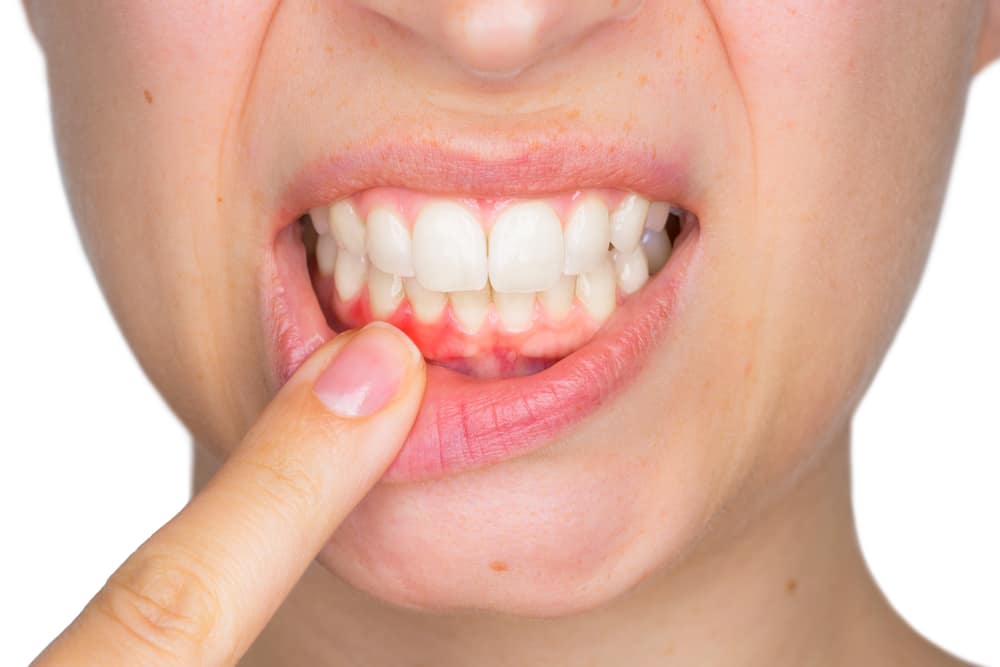Are you looking to know Understanding Gum Disease (Periodontal Disease) then read this article to find out Understanding Gum Disease (Periodontal Disease)

Gum disease, also known as periodontal disease, is an infection and inflammation of the gums and the bones that hold your teeth in place. A dds can help diagnose and treat it early. It often starts with poor dental hygiene, but some people can get it more easily due to genetics or other health issues.
How Common Is Gum Disease?
Gum disease is very common. About half of all adults in the U.S. have some form of it. It’s also the main cause of tooth loss.
Signs and Symptoms
Some common signs of gum disease include:
- Red or swollen gums
- Gums that bleed, especially when brushing or flossing
- Bad breath or bad taste
- Pain while chewing
- Receding gums (gums pulling away from teeth)
- Loose teeth or changes in your bite
Stages of Gum Disease
There are four main stages:
- Gingivitis: The earliest stage. Gums may be red, swollen, and bleed. It can be fully reversed with good oral care.
- Mild Periodontitis: The infection spreads below the gums and affects the bone. Small pockets may form around the teeth.
- Moderate Periodontitis: The infection worsens. Bad breath, pus, and bone loss may occur.
- Advanced Periodontitis: More bone is lost. Teeth may loosen or fall out.
Early gum disease can be reversed. Advanced stages can be managed but not fully cured.
Causes and Risk Factors
The main cause of gum disease is plaque, a sticky film of bacteria that builds up on your teeth.
Other risk factors include:
- Smoking or chewing tobacco
- Poor oral hygiene
- Diabetes
- Stress
- Hormonal changes (puberty, pregnancy, menopause)
- Genetics
- Autoimmune diseases
- Heart disease
It’s also possible to spread gum disease bacteria through saliva (for example, by kissing).
Diagnosis and Tests
Dentists check for gum disease during regular exams. They may:
- Measure gum pockets using a special tool
- Take X-rays to check for bone loss
- Refer you to a gum specialist (periodontist)
Treatment Options
Treatment depends on how serious the disease is:
- Good Oral Hygiene: Brushing, flossing, and regular cleanings can reverse early gum disease.
- Deep Cleaning (Scaling and Root Planing): Removes bacteria deep under the gums.
- Surgery: In more serious cases, surgery may be needed to clean deeper or rebuild bone and tissue.
- Laser Treatment: A newer method using lasers to treat infected gums.
- Bone or Gum Grafts: To replace lost bone or gum tissue.
- Special Treatments (like PRF or PRP): Use your own blood to help healing after surgery.
Can You Prevent It?
Yes! Here’s how:
- Brush 2–3 times a day
- Floss daily
- Use antibacterial mouthwash
- Avoid smoking
- See your dentist regularly
When to See a Dentist
If your gums are bleeding, sore, or swollen, don’t wait. See a dentist right away. Early treatment helps stop the disease from getting worse.